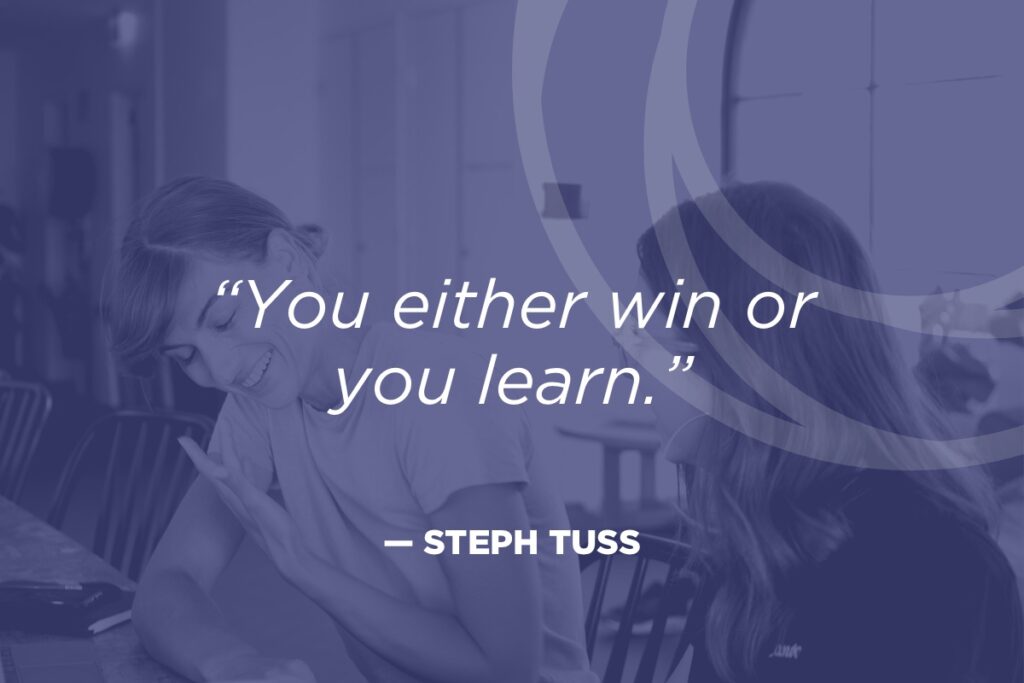Thanks for tuning into the Scale Your Small Business Podcast with your host, Jillian Flodstrom! Joining us today is Steph Tuss. Steph has always had a passion for education, and when her firstborn faced health problems, she overhauled their diets to find the root cause. After earning her Master’s Degree in holistic nutrition, she opened a practice to help families facing similar challenges. Fast forward, Steph hired a business coach in David Neagle and his team at Life is Now Inc., where she now sits as CEO.
We’re taught from a young age that mistakes are a horrible thing. But when you take a step back and look at every aspect of business, you begin to notice that mistakes are necessary. You don’t grow without making mistakes. With many small business owners, there is a deep fear of making a mistake, as they’re portrayed as an embarrassing, negative thing. You either win or you learn. Just because it’s painful doesn’t mean you aren’t growing from it.
Those mistakes often manifest in sales. Steph reminds us that when someone says ‘no’ they’re not saying it to you, they’re saying it to themselves. Sales is a vulnerable practice—don’t make it personal. The goal of the sales conversation is to create clarity—identifying a problem and presenting a solution. It’s about coming from a place of service.
If you’re talking more than your prospect is talking, Steph points out, that’s not a good sales conversation. A sales conversation should be full of questions. The idea is that you’re info gathering in a way that serves both of you. Take control of the conversation to put your potential client at ease. People are looking for confidence. Steph has seen people struggle when they try to use a script. Avoid dumping information on someone–listen, don’t convince. Ask what the client needs, their goals, and their desired end results. Understand their fears and what happens if they can’t solve their problem.
People don’t buy the “thing,” they buy the result the “thing” is going to provide. When making an offer, it’s easy to get into the nuts and bolts of what you can give them, but in the end, that isn’t what matters. It’s about connecting what you can do to what result they are looking for, and building excitement around the desired end goal.
Listen to changes in tone and be mindful of emotional responses. While you’re in a conversation, be aware of any shifts in the way they are speaking—getting quiet may mean you’ve hit something that’s important to them, whereas shutting it down means they may not be interested at all in what you’re saying.
Being an active listener is essential. Put the script down and give yourself permission to mess up. Take a few breaths after your potential client finished speaking and set a pace to make sure the client feels heard.
Not every conversation is going to be great—there will be moments where you’ve felt like you’ve totally bombed. That’s okay. When this happens, Steph would journal about the conversation, listening back to a recording to find where the conversation went off the rails. This isn’t self-flagellation, it’s about understanding how to improve. Don’t be afraid to call someone back and try again.
Finally, remember: sales is not doing something to someone, it’s doing something for someone.
Helpful Links
Show Notes





